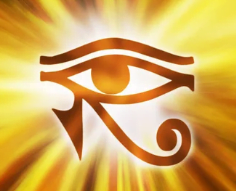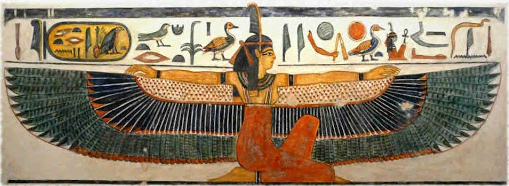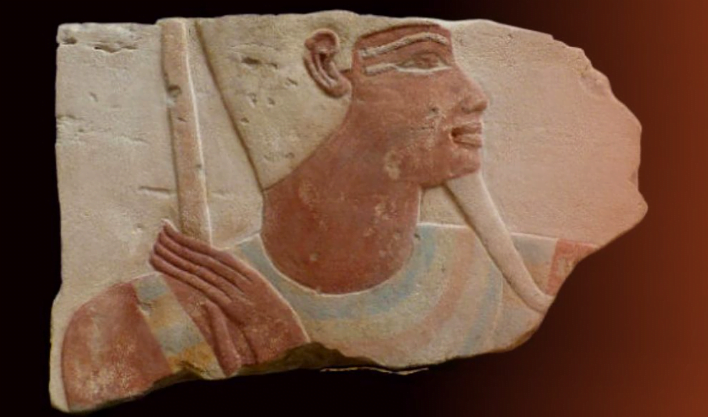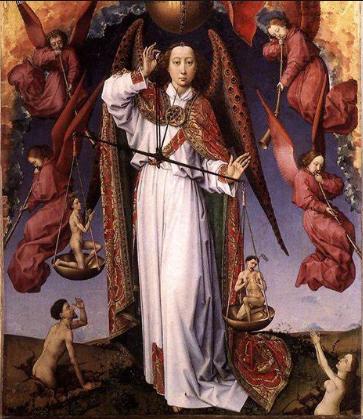Ancient African Symbols Relationship To Religion
Ancient African Symbols
Animals were usually used to depict the characteristics of a particular Netcher (manifestation of God) since the nature of an animal was distinctive and consistent. Therefore, ancient African symbols relationship to religion is demonstrated through those animal representations. The following examples are a list of some of the ancient African symbols which provide insight into the essence of specific Netchery.
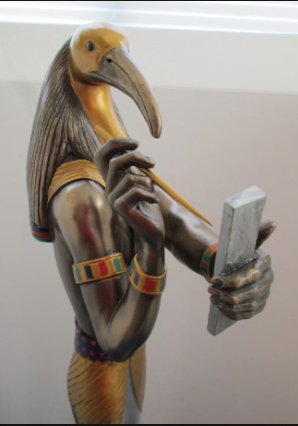
Ibis, a sacred bird
Consider that the ibis is a bird that sleeps with its head folded beneath its wing, simulating the shape of a heart. In ancient African symbolism, the heart was considered the seat of the soul and true intelligence. The Netcher Djhuiti was pictured with an ibis head representing divine articulation of speech and intelligence. He was keeper of the sacred cubit and the creator of science, writing and medicine. Moreover, Djhuiti was known to the Greeks as Thoth and Hermes. However, to the Romans, he was identified as Mercury.
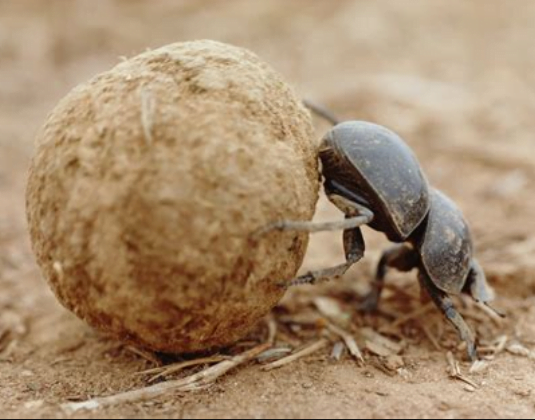
Resurrection and the scarab beetle
In African culture the scarab beetle symbolized the resurrection and immortality of God as represented by the sun. In this connection, the scarab lays its eggs in a ball of dung which it rolls around on the ground in the direction of the sun. Sunlight warms the eggs within the dung ball facilitating their metamorphosis and emergence into light as winged scarabs. The ball of dung symbolizes matter, the eggs spiritual potential and the winged scarabs represent spiritual rebirth. Kheprea is the Netcher imbibing these transformative powers and is viewed as a metaphor for resurrection.
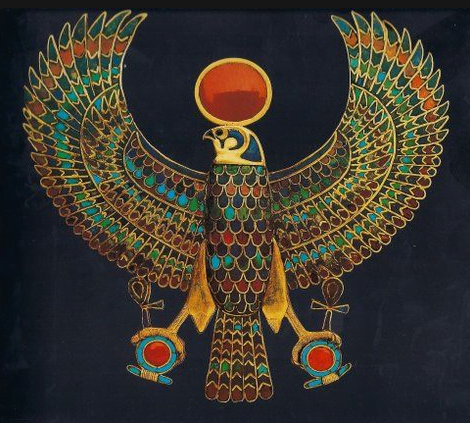
Falcon flight toward the sun
Now we look at the falcon symbol which represents sun and light. A falcon can soar into the air where light abounds with rapid flight. Therefore, the falcon represents the Netcher Heru, and his right eye symbolizes the sun and the sun’s ability, like that of God, to see all things at all times. In addition, the eye perceives light, indicative of the process of spiritual awareness. Native Americans incorporated similar inferences into their culture, such as, hawk eye and eagle eye.
